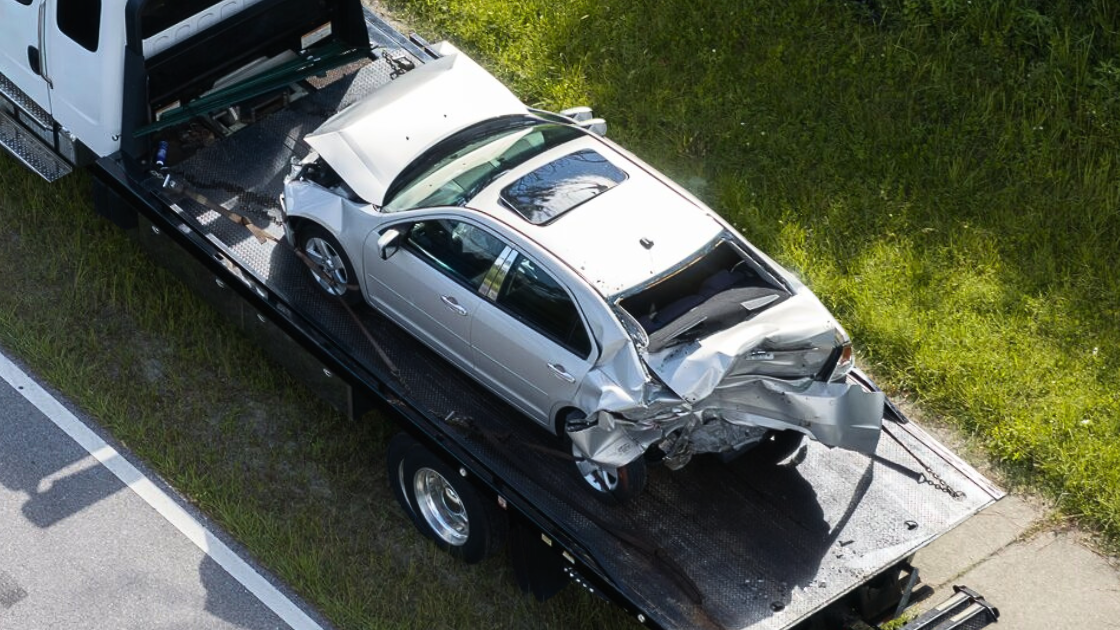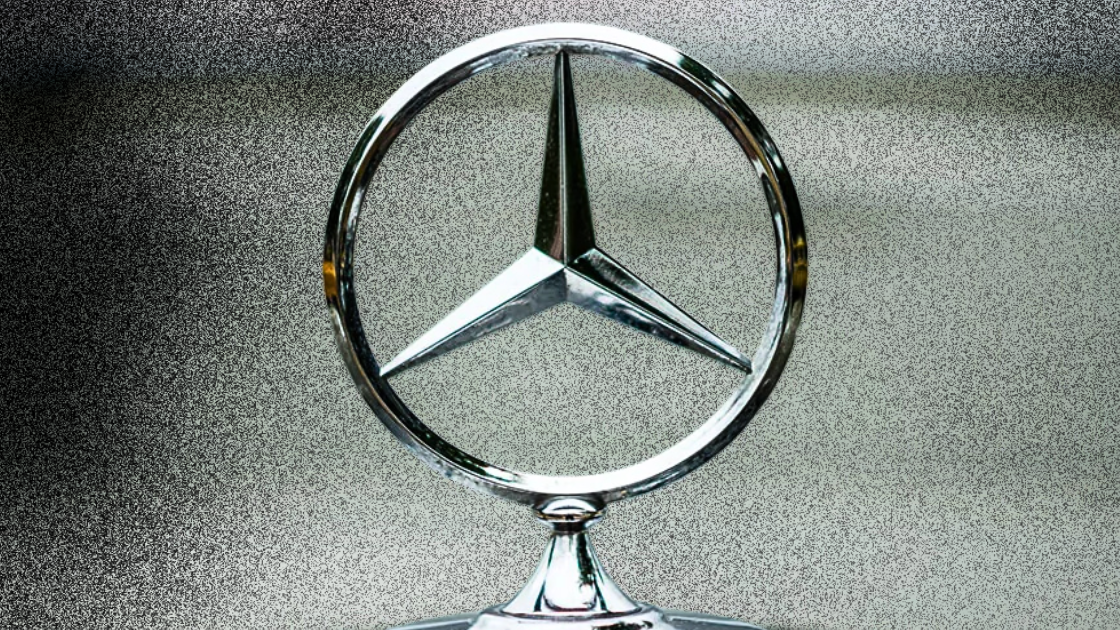Hey, everyone. Hope you are having a great weekend so far. Before we dive into this edition of the CDG Week-in-Review, here’s an interesting stat I have to share with you.
Data from NADA’s Chief Economist, Patrick Manzi, shows that the average sale at an auto body shop has crossed the $1,000 mark.
It's more expensive than ever to repair a vehicle. And if prices for OEM and aftermarket parts keep going up, it’ll likely stay that way.
Let’s get into it.
First time reading the Car Dealership Guy Newsletter? Subscribe here.
Car Dealership Guy Week-in-Review
Each week, I curate the top 5 automotive industry headlines based on the topics CDG readers engaged with the most on social media. Let’s get started.
1. Toyota’s dominance
Toyota Motor announced a record-breaking fiscal year ending in March, with global sales reaching 11.1 million vehicles, a 5% increase from the previous year.
This is the most sales in one year from any car brand…ever.
Growth was primarily driven by strong demand in North America, where sales surged 20% year-over-year in the January to March quarter.
For context, in North America sales of all electrified vehicles, including hybrids, plug-in hybrids, and battery electric vehicles, soared from January to March. The automaker sold 206,850 of these vehicles, a 74% increase year-over-year and 36.6% of its total sales volume.
Why it matters: Toyota's position as an industry leader makes it a bellwether of what could come for other automakers in the future. For now, the company is hedging its bets on hybrid vehicles while it slowly tests the waters of the EV market.
What our readers say:
2. Vinfast’s struggles continue
Since its debut in the U.S. EV scene in early 2023, Vietnamese automaker Vinfast has failed to make its mark
Over the past three years, the company reported major, losses totaling about $5.7 billion.
Last year, Vinfast fell shy of its 50,000 vehicle target, managing to deliver 35,000 units worldwide.
What’s more: Over 70% of those vehicles were for other companies owned by Vinfast founder Pham Nhat Vuong. Without those companies, VinFast’s external market penetration is virtually non-existent.
In Q1 2024, deliveries declined to 9,689 EVs, marking a 28% drop from the previous quarter.
Behind the numbers: One explanation for Vinfast’s troubles could be weakening EV demand.
According to data from Kelley Blue Book, in Q1 2024, Americans purchased a total of 268,909 new EVs, a 2.6% increase year-over-year but a 15.2% drop from Q4 2023.
While EV market share is still expected to grow in the U.S. in 2024, the pace has slowed since last year.
The more likely reason?
Lack of production output. Deliveries accounted for only 12% of the 300,000 vehicle production capacity at its manufacturing plant in Haiphong, Vietnam. And now, construction on Vinfast’s $4 billion manufacturing plant in Chatham County, North Carolina is on hold.
Doesn’t ,seem like much is going right for this automaker. Much of its performance will hinge on delivering affordable mass-market EVs at scale.
Next, I covered another EV maker who’s battery is running low.
3. Fisker’s financial woes
EV startup Fisker, maker of the all-electric Ocean SUV, is on the brink of bankruptcy once more, according to a recent SEC filing.
Fisker expects to file bankruptcy within the next 30 days if it can’t raise the funds to pay off its creditors. The EV maker also said it missed an $8.4 million interest payment in March, which led to defaulting on a sizable loan. As of January, the outstanding balance for the loan was $324.5 million.
In an effort to boost sales, Fisker lowered the prices of its 2023 Ocean models in March which only began deliveries last June:
Ocean Extreme: $61,499 > $37,499
Ultra trim: $52,999 > $34,999
Sport: $38,999 > $24,999
But that hasn’t helped.
What our readers say:

Since the price cuts, the automaker hasn’t seen sales increase enough to pull them out of dire straits.
The worst part? Fisker owners could be left high and dry if the company folds for good.
But Fisker isn’t the only EV maker slashing prices.
4. Tesla’s rocky April
Tesla has been in the news a lot, lately (per usual), but this month, the EV maker made several startling announcements before culminating in a highly anticipated Q1 earnings call.
Let’s break it down:
At the start of the month, Tesla reported that deliveries declined by 8.5% to 386,810 vehicles from a year ago.
A little over two weeks later, the company announced major layoffs—10% of its global workforce.
That update was quickly followed by the news that prices of Models Y, S, and X in the U.S. were slashed by $2,000. Just three days later, prices for Tesla’s full self-driving software (FSD) dropped by $4,000.
Then came the earnings call…
Earnings were pretty much in line with analysts' expectations in Q1, falling just shy of forecasts. Revenue dropped 9%, likely due to ongoing price cuts from the EV maker. Net income fell to $1.13 billion, 55% less than a year earlier.
What was more compelling was CEO Elon Musk’s laser focus on bringing Tesla robotaxis to market.
The robotaxis (supposedly coming August 8) will be guided by Tesla’s FSD software which allows drivers to navigate city streets, stop at lights, and handle turns with minimal human intervention, but Tesla? itself acknowledges that the system isn't fully autonomous.
Musk shared his stance clearly on the call, stating, “The way to think of Tesla is almost entirely as solving autonomy, and being able to turn on that autonomy for a giant fleet.”
Let me know what you think. Is this a smart move from Tesla?
5. Lowest repair costs by brand
Maintenance and repair costs are a major factor when consumers decide what car to buy next…
But outside of things like oil changes and tire rotation, new cars don’t often need many repairs in the first couple of years of ownership. The actual costs start to add up once the vehicle ages past five years.
Recently, Consumer Reports surveyed its members to understand what consumers actually spend out-of-pocket on maintenance (not including collisions) after 5 and 10 years.
What did they find?
It turns out that EV maker Tesla had the least expensive maintenance costs after both the first 5 years of ownership ($3,455) and 10 years of ownership ($4,035).
But it wasn’t the only American-made car brand to make the top 5 list. Other brands with the least expensive 10-year maintenance costs are:
(tied) Buick: $4,900
(tied) Toyota: $4,900
Lincoln: $5,040
Ford: $5,400
Not surprising to see Toyota on this list, but Buick? That was not on my bingo card.
On the other side of the coin, several German automakers including, BMW, Audi, Mercedes-Benz, and Porsche, found themselves at the bottom of the rankings with the most expensive costs. But it’s Land Rover that secures the top spot for the most expensive 10-year maintenance costs at $19,250.
What our readers say:
Perhaps it’s an unfair comparison. Teslas might be less expensive to maintain, but they aren’t necessarily less costly to own. I’d argue that (in consumers’ minds) the potential savings here won’t offset the concerns about upfront buying costs, insurance rates, and lower resale values.

We’ve got tons of great jobs hitting the CDG Job Board right now. Here are some standouts for anyone looking for their next move.
SaaS company BizzyCar has put the call out for account executives in Los Angeles and Orlando (remote).
Looking to hire? Add your roles today—it’s 100% free.
Thanks for reading. Hit reply and let me know if you found this week-in-review valuable or have any feedback. I’ll see you next weekend.
—CDG
Did you like this edition of the newsletter?
Want to advertise with CDG? Click here.
Want to be considered as a guest on the CDG podcast? Right this way.
Want to pitch a story for the newsletter? Share it here.








